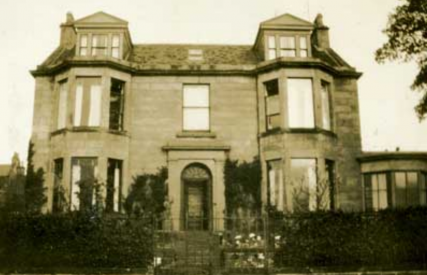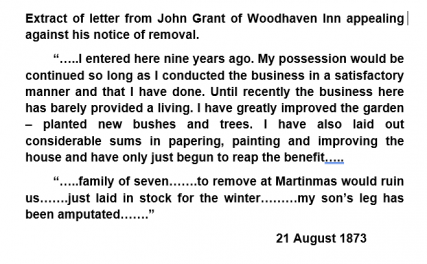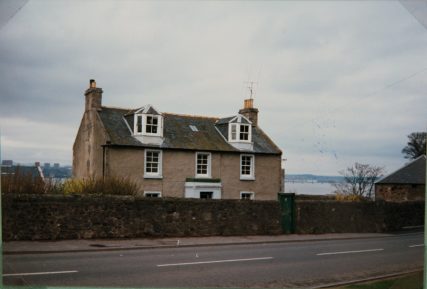Coaching Days 2: the Inns




Newport Inn
The Newport Inn was built by the first Mr John Berry in 1806 to replace the earlier one which had been erected by the Dundee Guildry on the site of the later Trinity Church. The new inn was a convenient and popular coaching inn, but even after the coaching days were over the inn continued to prosper. For most of the nineteenth century the inn was the place to meet, and according to local news reports, it was regularly used for meetings of the curling club, the swimming club, the rowing club and the proprietors of the Newport railway to name but a few. Frequent mention is made in the local press of sumptuous meals provided, and lavish entertainment in the beautifully decorated rear hall. In the 1890s it was greatly enlarged to the side and rear. There was of course extensive courtyard area and stabling accommodation to the rear of the inn, but this was all demolished by the mid-1960s. By the early 2000s the hotel had became very down-at-heel, but by 2020 it had undergone a complete refurbishment and had become widely known for its top quality restaurant The Newport and art gallery, Tatha.
Woodhaven Inn
Because there was a ferry at Woodhaven, there was also an inn there with a farm and brewery on the opposite side of the road connected to it. The brewery produced strong ale and table beer. Like other buildings round about, the inn belonged to the Stewart family of St Fort estate. The inn also offered a horse-hiring service: the horses would be used by the coaches and also by individual travellers.
Maryton Inn
When Mr Dalgleish of Scotscraig founded the village of Maryton in the 1820s, he also established the Maryton Inn. This building is now known as Bay House, at 12 Tay Street. The houses in Union Street at the rear of Bay House were the stables for the inn, and no doubt the extensive cellar under the building was an excellent storage area. The only known tenant of the inn was Mr Thomas Honeyman. Unfortunately the main route to the ferry pier was not along Tay Street but down Cupar Road. Being situated just too far from the main thoroughfare, the Maryton Inn was doomed to failure. Mr Honeyman fell into arrears with his rent, and was eventually served with a process of eviction. Both the inn and the stables to the rear were converted to houses, possibly around 1840. Bay House was in fact used for some time as a manse for the first minister of St Fillan’s Church, which stood further up William Street until being demolished in 1979. The manse for this church was eventually built half-way up Gowrie Street, probably around 1850.





Comments about this page
As far as I know the first Dalgleish owner of Scotscraig was the Rev William Dalgleish around 1742, and I thought it then passed to Robert Dalgleish (the one who built Maryton) who had it until 1845. Not sure where your James comes in – he may have been a brother. Why did Robert build Maryton? Because he had the land and he could see the potential of developing the area after the introduction of the modern steam ferry service and its links to Dundee in 1821. Pendicles were usually just pieces of land, but I’m curious to know which house was being referred to as Newport House? Causewayhead farm is up near Inverdovat – directions to the farm here https://www.newportontayhistory.org.uk/people/causewayhead-cottages. So pleased you’re enjoying the website!
This was so interesting, I lived in the ‘stables’ behind what was the Bay Hotel. Do you have more information about Mr Dalgleish? I’m asking as I have a plan of Scotscraig Estate, which was made on behalf of a James Dalgleish, Advocate and Sherrif Depute of Fife. The survey was carried out in 1769 by a John Hope and the ink copy made by my father, James Pow, in 1954. It’s about 5ft long and the detail is quite fascinating: it shows all the soil types around the estate and what crops grow best in them. There are a few places in Newport that I haven’t heard of; The Pendicles, which looks like they’re on the Braes, Newport House and Cassayhead Farm. Do you know if this is the same Dalgleish? Also, do you know why he built Maryton? I apologise for the length of this comment and I’m loving the website. Thank you.
My Mums family the Betts had the Newport Hotel from the early 1950s to 1966 I remember having the run of the place as a child
Add a comment about this page